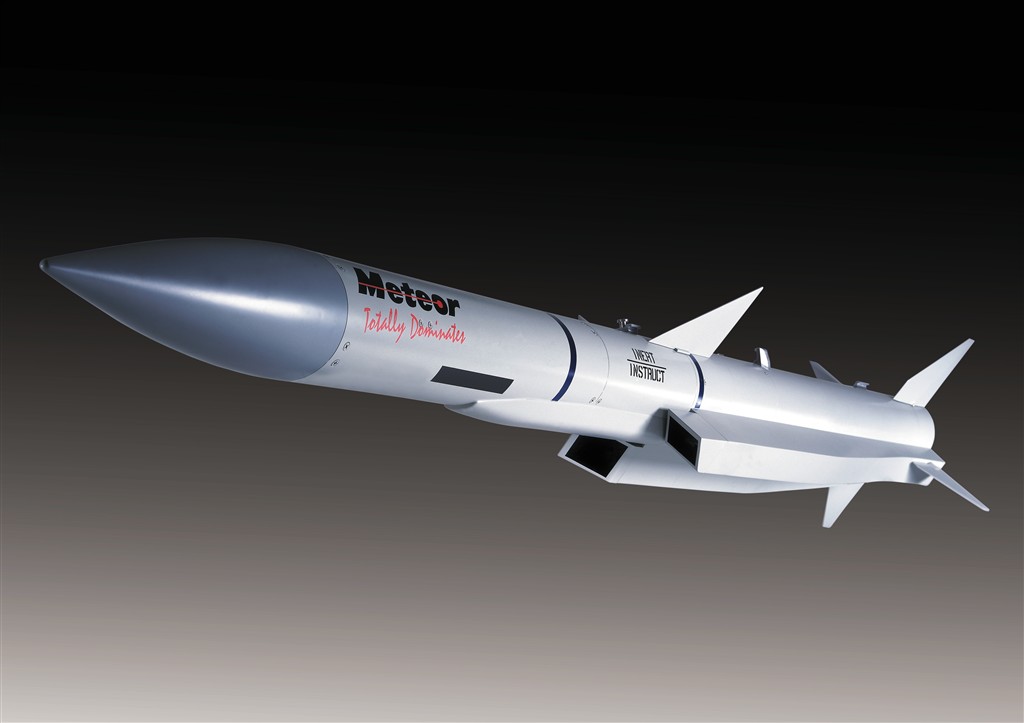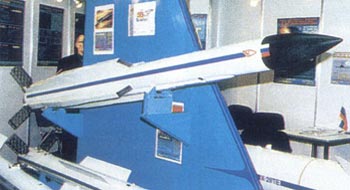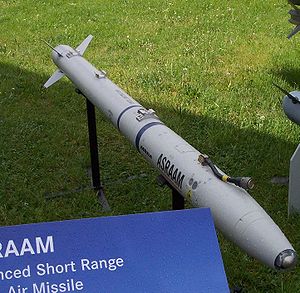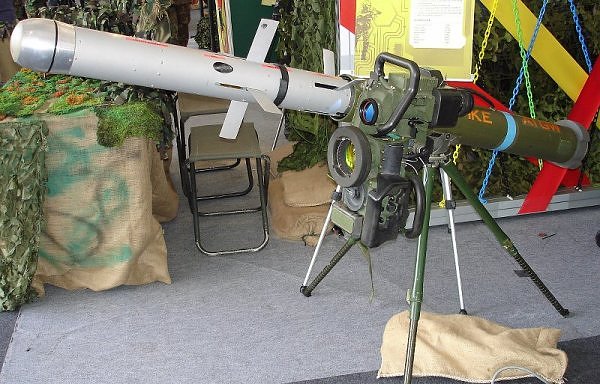pmukherjee
SENIOR MEMBER

- Joined
- Mar 8, 2009
- Messages
- 2,089
- Reaction score
- 0
Good effort. Nice pics, thanks.
Follow along with the video below to see how to install our site as a web app on your home screen.
Note: This feature may not be available in some browsers.




acha really!! we would see how many threads similar to me get created by the fanboys in every few weeks,
Listen lad stop playing guitar with me, i had created top 10 future weapons of not only of india but of every nation not for chest thumping but it is my interest for weapons.ok







JUST TYPE IN GOOGLE OR SEARCH MILITARY FORUM ,CHINA SECTION & WMD SECTION& SORRY I HAVE NOT MADE Top 10s Burma &Hello Dr Saab! Where can I find the list of Top 10s of Pakistan, Burma, China and Bangladesh? Thanks.


 Thanks for posting DrSomnath
Thanks for posting DrSomnath  ...The information on ASAT and Laser Based BMD on aircrafts was way more than what is there in open sources . Lets Hope the time schedules are kept.
...The information on ASAT and Laser Based BMD on aircrafts was way more than what is there in open sources . Lets Hope the time schedules are kept. 
which fool told u all these weapons that i have posted are foreign made not a single one is indian made,just tell me?All these weapons are foreign made that is from the US, EU, Israel and Russia including the CBU-97 SENSOR FUZED WEAPONS. .
I would always be proud of my nation whether they build weapons of their own or not ,do u have any problem?No need to be proud
then we would have also steal & copy technolgy from western & russia like chinaIf India was subject to a total and stringent weapons and technological embargoes, just like China, there would have been zero Indian war deterrent weapons.


All these weapons are foreign made that is from the US, EU, Israel and Russia including the CBU-97 SENSOR FUZED WEAPONS. No need to be proud. If India was subject to a total and stringent weapons and technological embargoes, just like China, there would have been zero Indian war deterrent weapons.

OMG.. Not again.
BTW.. Wrong pic of Arjun Mk-2.... Please research properly before posting




I must say By 2020, We will have almost everything we need to make our defence capability very strong and to face any of our neighbour(s).



